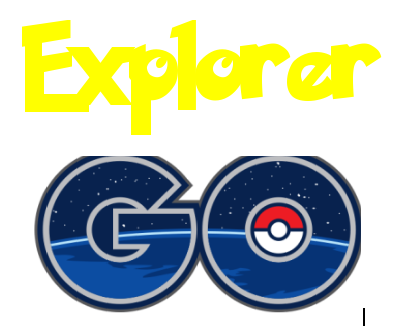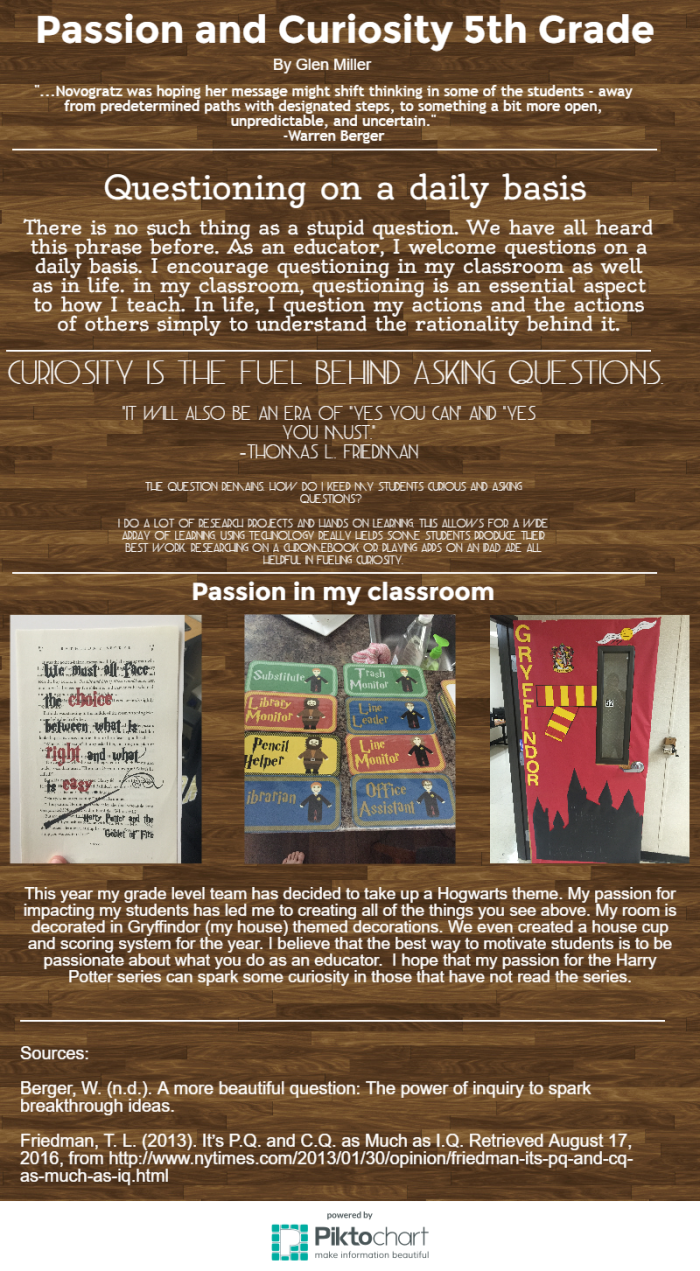Students with learning disabilities may have trouble keeping quiet, sitting still, or keeping their desk from looking like a garbage can. Learning disabilities open the door to frustration and disappointment. However, with the right tools and the right attitude educators can take that frustration and turn it into fun, engaging learning.
Attention Deficit Hyperactivity Disorder can be marked by difficulty paying attention, remembering information or completing tasks on time. Students with ADHD may have significant problems with executive functions that cause attention deficits, hyperactivity, or developmentally inappropriate behaviors. According to G.W. Lauth et al (2006) ” An intervention study done by Dupaul and Rapport (1993) found that children with ADHD participates in 55.7% while the control students participated in 80.3% of the lessons.” Students with ADHD may struggle to put what is in their mind onto paper. They have millions of ideas and thoughts bouncing around their brains, yet, they struggle to get them out in an organized way. This kind of problem is called an ill structured or complex problem. An ill structured problem as defined by Spiro, Coulson, Feltovich and Anderson (2004) states that ” ill-structured problems involve a whole bunch of important variables that must be considered, in context, at the same time. The solution, in the end, will require the application of a set of variables in whatever way makes sense, given the situation, but probably not in the same way they were applied previously, even to problems that, ostensibly, are “the same” type of problem.” Educators present students will ill-structured problems on a daily basis. Reading, writing, arithmetic, learning a new sport and even creating art can all open the door to an ill structured problem. For example, writing has unlimited solutions, yet, can cause complex problems that require simultaneous consideration of multiple variables. When addressing students with ADHD, students struggle to get organized and stay focused while completing the task. Combining thoughts inside the students brain and getting them onto a piece of paper can cause havoc and frustration for a student struggling with ADHD.
Technology has taken the world of education by storm with apps, tools, and SMART technology. As previously stated, students with ADHD struggle to maintain organization in their efforts. Citelighter has tools that help students do just that. Citelighter states that their program will help ” Eliminate those blank screen blues. Simply drag and drop your thoughts and watch as a perfectly organized outline appears to help you see the Big Picture before you start composing.” This is an effective tool for those ADHD students who struggle with numerous thoughts and organization. The program allows you to collect all the thoughts, ideas, and concepts in one organized place. Once all the ideas are written down, a student with ADHD would be able to collect them and compose a far more organized paper. Also, Citelighter can help keep a students with ADHD on track for an assignment. Using the Instant Replay feature students can see how they approached a particular assignment. Students with ADHD often struggle to keep organized, however, Citelighter will allow the educator to input a template that the students can type right into holding their organization.
Below, you can watch a screencast to see how Citelighter will help students with ADHD with this ill structured problem.
CiteLighter Video
Sources:
Lauth, W. G., G. B. Heubeck, and K. Mackowiak. “Observation of Children with Attention-Deficit Hyperactivity (ADHD) Problems in Three Natural Classroom Contexts.” British Journal of Educational Psychology 76.2 (2006): 385-404. ProQuest. Web. 12 July 2015.
Spiro, R.J., Coulson, R.L., Feltovich, P.J. & Anderson, D.K. (2004). Cognitive flexibility theory: Advanced knowledge acquisition in ill-structured domains. In R.B. Ruddell, N.J. Unrau (Eds). Theoretical Models and Processes of Reading (5th Ed., pp 640-659). Newark, DE: International Reading Association.



